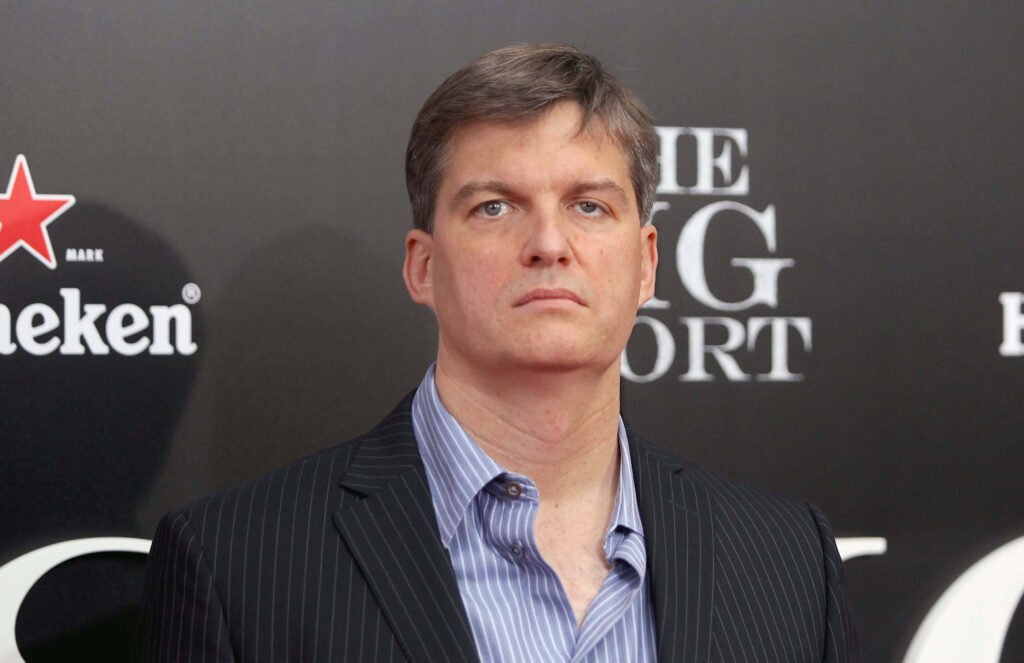In a notable move, Michael Burry’s investment firm, Scion Asset Management, has adjusted its portfolio by closing its bearish options positions against the S&P 500 and Nasdaq 100 indexes. As of the end of September, the firm has redirected its strategy to bet against a selection of semiconductor stocks, including Nvidia Corp., according to a regulatory filing released on Tuesday.
Scion Asset Management has streamlined its holdings to just 13 positions, liquidating bets on approximately two dozen stocks and ETFs. The firm has initiated a bearish options position against a fund tracking chipmakers, with a notional value of $47.4 million based on the closing price of the iShares Semiconductor exchange-traded fund at the end of September. The actual value of this options position is contingent on the specific contracts acquired.

Among other changes in Scion’s filing, the firm has reintroduced long positions in Alibaba Group Holding Ltd. and JD.com Inc., reversing its decision to ditch these shares in the second quarter. During the period between June and September, Alibaba’s stock saw a 4.1% increase, while JD.com experienced a 15% decline.
Automaker Stellantis NV has become Scion’s leading holding, with the hedge fund adding 75,000 shares to bring its position to $7.65 million at the close of the third quarter. Simultaneously, the firm exited its former top position in Expedia Group Inc. and reduced its holdings in retailer Qurate Retail Inc.
Burry gained fame through “The Big Short,” and his firm’s previous bearish options positions against the SPDR S&P 500 ETF Trust (SPY) ETF and the Invesco QQQ Trust Series 1 have now been closed. These bets were initiated in the second quarter and attracted attention on social media due to their notional value exceeding $1 billion. However, a closer examination revealed a more nuanced perspective.
As institutional investors, including hedge funds and pension funds, must report certain US equity holdings to the Securities and Exchange Commission by Tuesday, the disclosed data reflects holdings through the end of September, allowing for potential changes in positions over the past month and a half.




